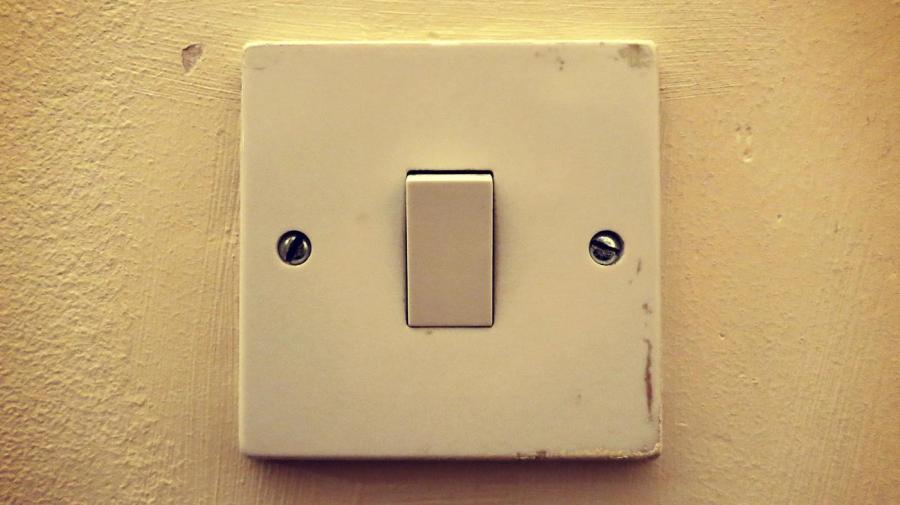Where Does Electricity Come From?

According to National Geographic, electricity comes from energy sources such as fossil fuels, wind energy and hydroelectric power. Electricity is transported from a power station via power lines that carry electrical current into communities.
Electricity is produced by the movement of electrical currents in a turbine or piston. Most power plants make electricity with a machine called a generator, which has a rotor and stator. The rotor, or turbine, is the part of the generator that rotates and converts heat energy released from burning fossil fuels into electricity, while the stator is the part that remains stationary. The generator then transports the electrical current along wires strung from power poles or towers to households.
Although fossil fuels, such as coal and natural gas, are used to generate electricity, power plants also use renewable energy sources and nuclear energy to generate electricity. According to Ausgrid, coal produces around 64 percent of the world’s electricity, and the remaining electricity comes from water, gas, nuclear and green sources. Most developed countries rely heavily on coal for electricity production, but studies about the effects of burning coal on the environment have led to the development of several environmentally friendly power plants and energy sources.





